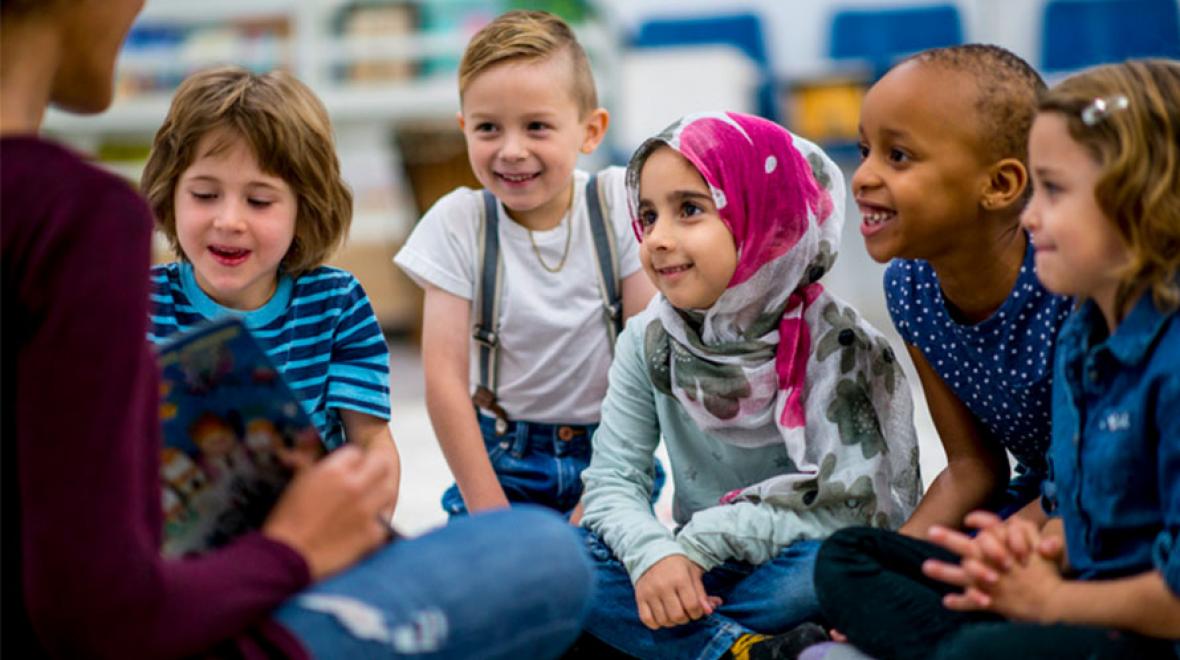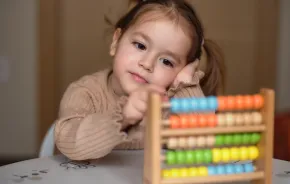
When schools celebrate winter holidays, they almost always focus on Christmas. But guess what? Not all kids celebrate Christmas. Maybe they instead recognize Hanukkah. Or Kwanzaa. Or the Lunar New Year. Or Yule. Or nothing at all.
It’s important for me to make sure my children learn that our way of life isn’t the only way, so why not kill two birds with one stone and help teachers do this, too?
Here are three ways to help your child’s teacher diversify their holiday celebrations without adding more to their workload.
Mention ‘mystery readers’
Here’s the idea: Parents come to class and read a story on a designated day once a week or once a month. My son’s classroom has “mystery readers” on Fridays; it’s a volunteer gig, but what an entourage!
If you sign up for a date during December, use it as a chance to read the class a story about Kwanzaa, Hanukkah, Yule or Lunar New Year.
Pro tip: Do some research about the holiday beforehand so that you’re prepared to answer any questions the kids may ask you.
Think outside the box with a class craft project
During December, teachers often ask parents to bring in materials and lead a craft project. But instead of making yet another construction-paper Christmas tree, show students how to make a menorah or kinara.
Another idea: Ask students to draw pictures of what the holidays look like in their homes. Then, have them share their pictures and discuss their family traditions with the class to start a conversation about how we all do things differently.
Get creative with party food
Instead of bringing in the expected Christmas sugar cookies, try finding a local bakery that specializes in another festive dessert. As you serve them to the students, talk a little about the represented holiday and why these particular desserts are served.
Alternatively, ask parents to send in snacks or treats that are part of their family’s own holiday traditions, including a note explaining the dish’s significance. (Remember that any snack should be store-bought so that you can share the list of ingredients with the class.)
Editor’s note: This article was originally published in December 2018, and updated in December 2019.











